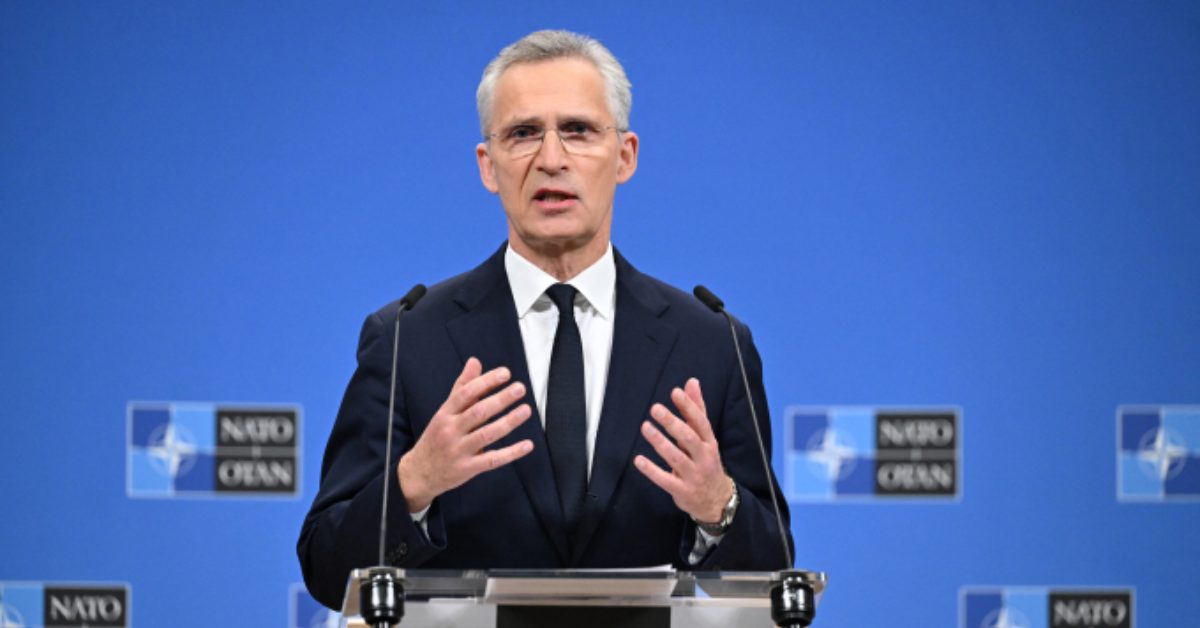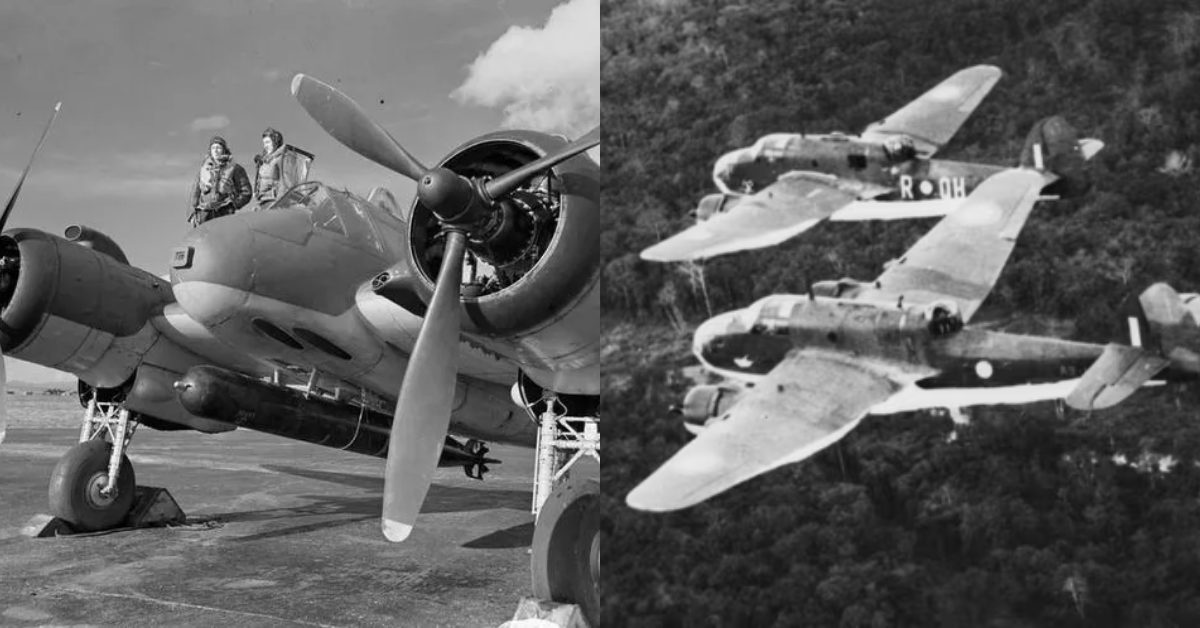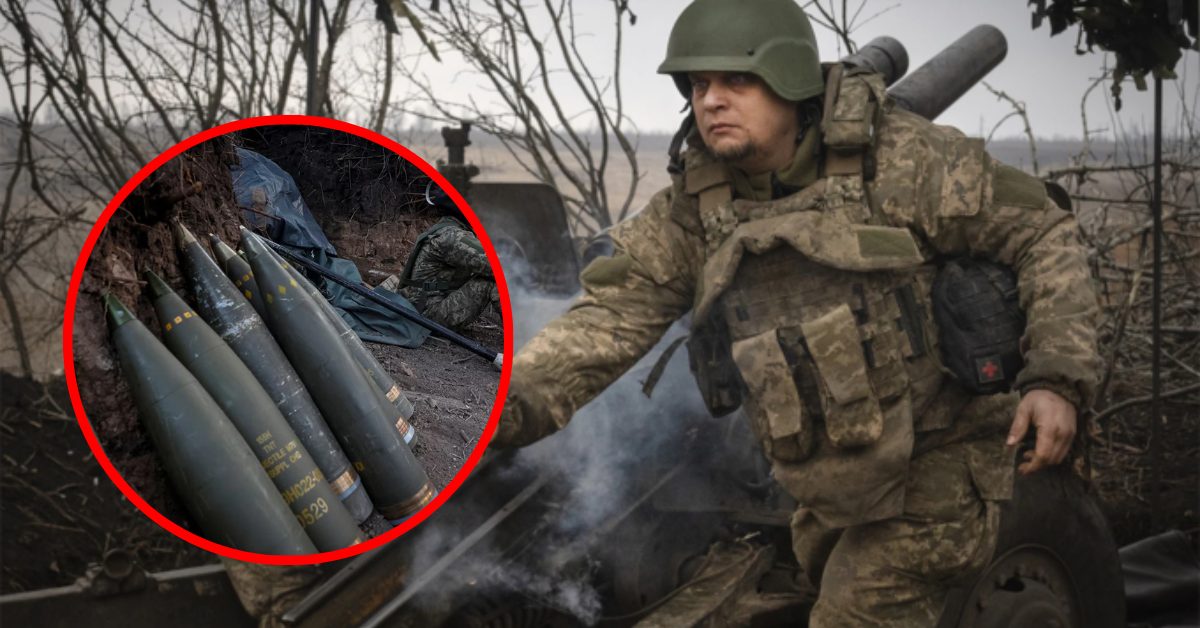In February 2017, Gen. Dave Goldfein, then-Air Force Chief of Staff, issued a warning.
Speaking at the Center for Strategic and International Studies in Washington, Goldfein listed all of the Air Force’s missions, including defending the United States from attack, operating two legs of the country’s nuclear triad, projecting air power around the world, and, at the time, defeating the militant group known as the Islamic State.

“Every one of those missions is a growth area,” Goldfein said. “And while these missions have been growing, our Air Force has been getting smaller. … We’re actually the smallest Air Force we’ve ever been.”
At the time, the service had about 5,500 aircraft in its inventory. Since then, it has shrunk further and is now on track to get smaller still.
The Air Force expects its fleet of fighters, bombers, tankers, cargo planes, drones and other aircraft to dip below 5,000 in fiscal 2025, as retirements of older, worn down and outdated airframes outpace procurement of their replacements. Indeed, the fleet could drop to 4,903 total aircraft next year, but it may yet fall further.
“Right now, the Air Force is as big as it will be,” Maj. Gen. Dave Tabor, director of programs for the service’s Office of the Deputy Chief of Staff for Plans and Programs, said in a March 21 interview. “In light of the budget uncertainties, it’s really difficult to predict exactly what size [the fleet] will be, next year or five years from now.”
The fleet already totals less than one-fifth of its size during its fiscal 1956 peak, when the service had 26,104 aircraft, according to the Mitchell Institute for Aerospace Studies. During that period, the number of F-84 Thunderjet and F-86 Sabre fighters alone exceeded 6,400, far greater than the Air Force’s entire combined fleet of 5,032 airframes in fiscal 2024.
:quality(70)/cloudfront-us-east-1.images.arcpublishing.com/archetype/V56WOX2ZUNAADG2U7PAHYD3C2E.jpg)
Four F-15E Strike Eagles fly by an F-86 Sabre on display during a 2016 even in Goldsboro, N.C. (Airman 1st Class Ashley Williamson/U.S. Air Force)
The workforce is smaller as well. The Air Force in fiscal 2025 aims to fall to 320,000 active duty jobs, dropping by about 13,000 billets over the previous five fiscal years. The roles of those airmen are shifting, too, as the service tries to bolster non-flying missions like cyber offense and defense that are key to modern warfare.
The Air Force’s fleet is now 52% bigger than the Navy and Marine Corps’ combined inventory of 3,308 aircraft.
The current Air Force chief of staff, Gen. David Allvin, and other top service officials point to exponential increases in capability among the remaining aircraft — such as striking targets with firepower and precision far beyond that of previous generations — to assuage concerns over the declining number of aircraft.
But the shrinking fleet worries some lawmakers and observers.
Todd Harrison, a defense analyst at the American Enterprise Institute think tank, said that while modern aircraft do offer more speed, range, stealth and other advantages over previous generations of technology, “the reality is that one plane can only be in one place at a time.”
“For the credibility of our deterrence and our force posture, size still matters,” Harrison told Defense News. “That’s where we’re coming up short.”
“An F-35 deployed over in the Indo-Pacific region is not doing anything to help you in [Europe],” he added.
Heather Penney, a former F-16 pilot and senior resident fellow at the Mitchell Institute for Aerospace Studies, said the Air Force’s fleet dipping below 5,000 is “absolutely a noteworthy number,” with worrying implications for national security and the service’s ability to project power. Once it drops below that mark, she said, it will be harder for the service to argue in favor of bringing it back up.
“The Air Force has reached a critical danger point in my mind regarding its capacity and ability to fulfill what the nation expects of it, and what the other services depend on,” Penney said.
The issue isn’t limited to the service’s strike assets. Lawmakers routinely raise concerns about whether commanders around the globe will lose vital refueling, reconnaissance, battlefield coordination and more capabilities as the Air Force phases out high-demand fleets. Congress has even barred the service from retiring certain airframes until the military proves it can overcome those capability gaps.
In an April 9 hearing before the Senate Appropriations Committee’s defense panel, ranking member Sen. Susan Collins, R-Maine, expressed her own concerns given the geopolitical environment. She pointed to Ukraine’s experience over the last two years — fighting off Russia’s invasion with a paltry fleet of a few dozen fighters — and questioned whether the U.S. Air Force will have enough aircraft to counter and deter threats across the globe.
“It seems clear to me that not only is quality obviously extremely important, and capability, but quantity matters also, particularly when we’re facing as many threats in such diverse places as we are,” she said.
The trade-offs
:quality(70)/cloudfront-us-east-1.images.arcpublishing.com/archetype/CCY7GK4E6NA2HDQTS5WC3ZQ2Q4.jpg)
Today’s Air Force fleet, while smaller, can carry out missions like precision-guided airstrikes and electronic warfare operations that generals during World War II and the Korean War could only dream of. Tabor said that ability allows the service to “hedge a little bit” on its capacity.
What’s more, other branches of the U.S. military and America’s allied and partner nations in some cases have capabilities similar to the Air Force, Tabor added, potentially making it easier to cover more regions.
Advancements in precision targeting have rendered obsolete the mid-20th century tactics of sending wave after wave of first- and second-generation bombers against a target, raining down scores of munitions with the hope that one will hit the mark. Instead, a single B-2 Spirit — or even in years to come, an in-the-works B-21 Raider, touted by manufacturer Northrop Grumman as the first sixth-generation aircraft — can travel long distances and destroy a target that previously would have required multiple fighters and bombers working in concert.
Improvements in range, coupled with the stealth capabilities of the F-35 Joint Strike Fighter, F-22 Raptor, B-2 and the eventual B-21, have also revolutionized the Air Force’s ability to safely hit targets worldwide. And leaps forward in satellite technology, among other platforms that provide intelligence, surveillance and reconnaissance, have reduced the need for spy planes that once streaked across hostile airspace at Mach speed, snapping photos along the way.
The Air Force plans to retire 250 aircraft in FY25, which would exceed the number of aircraft it plans to bring on, resulting in a reduction of 129 aircraft.





